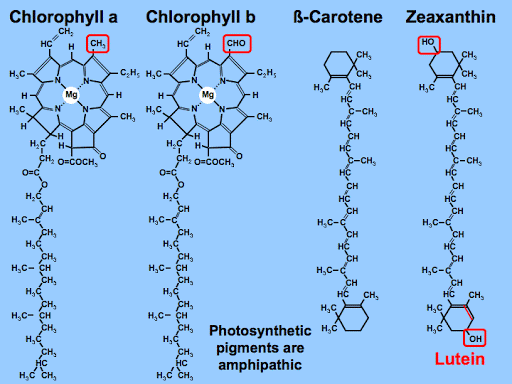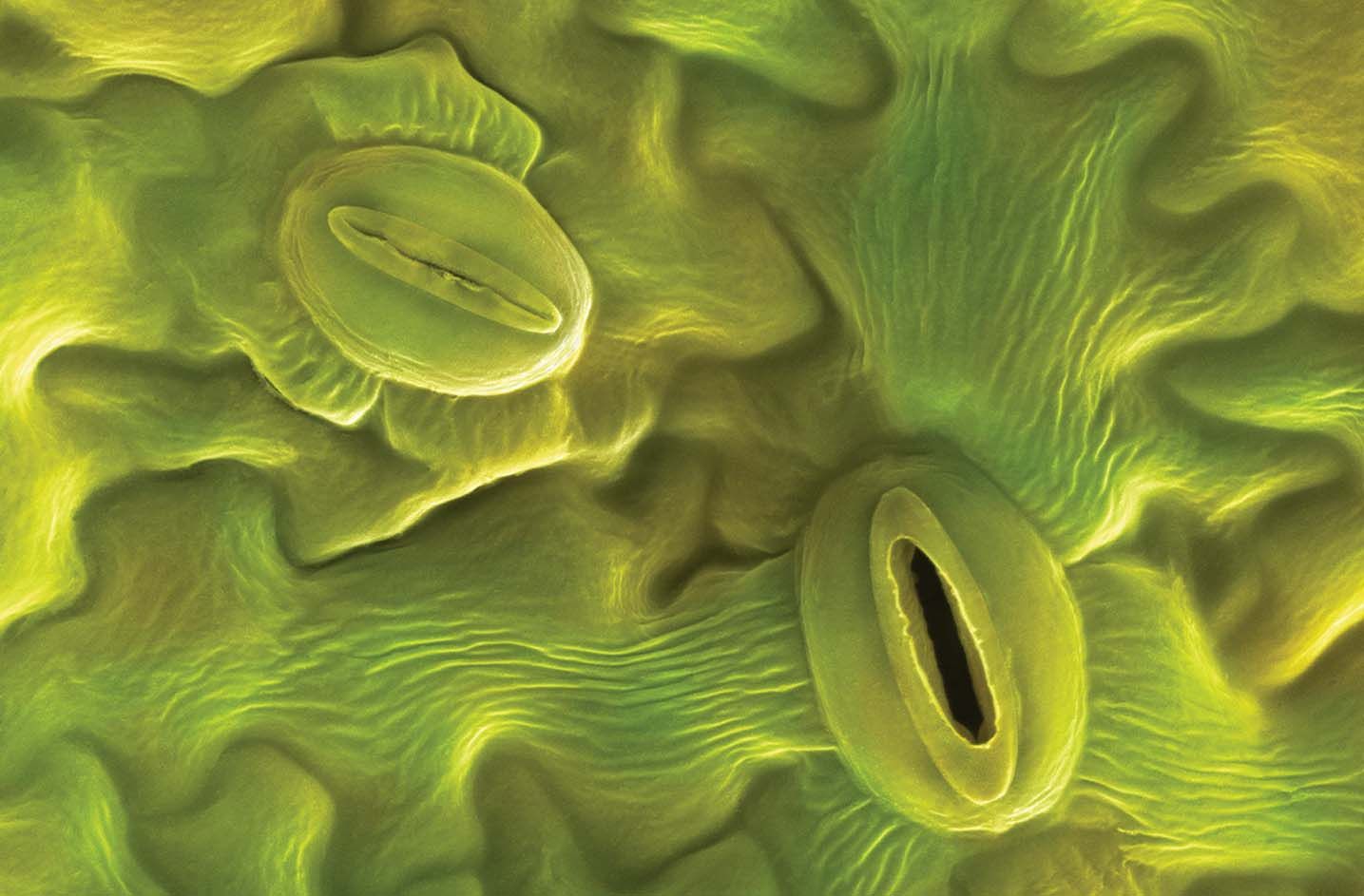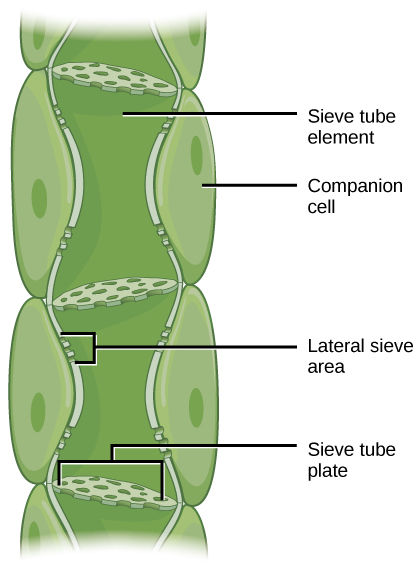Oh my goodness! This one process provides food base for entire life on earth!
Photosynthesis
Global evapotranspiration is estimated to return annually 60% of total precipitation to the atmosphere1. Daytime transpiration dominates in current estimates of global evapotranspiration2, but nocturnal transpiration is largely unaccounted for3. At the leaf level, stomata have traditionally been assumed to close during the night and, in combination with low evaporative demand, were thought to cause a negligible water vapour flux3. However, there is growing evidence at the leaf and plant scales that incomplete stomatal closure and subsequent transpiration overnight are widespread and significant4. Recent studies estimate that the equivalent to 10–15% of daytime leaf and plant water losses occur overnight4, with values reaching 25–30% in desert and savanna plants5,6, and with some extreme species reaching higher night-time than daytime transpiration7.
Read full article here
a
Photosynthesis and Respiration are the most basic processes of Nature which form the basis of the entire Food Chain. These processes are also the key components of the Carbon cycle, the Oxygen cycle and the Nitrogen cycle.
Chlorophyll is the molecule that traps this ‘most elusive of all powers’ – and is called a photoreceptor. It is found in the chloroplasts of green plants, and is what makes green plants, green. The basic structure of a chlorophyll molecule is a porphyrin ring, co-ordinated to a central atom. This is very similar in structure to the heme group found in haemoglobin, except that in heme the central atom is iron, whereas in chlorophyll it is magnesium.
There are actually 2 main types of chlorophyll, named a and b. They differ only slightly, in the composition of a sidechain (in a it is -CH3, in b it is CHO; see fig. on right). Both of these two chlorophylls are very effective photoreceptors because they contain a network of alternating single and double bonds, and the orbitals can delocalise stabilising the structure. Such delocalised polyenes have very strong absorption bands in the visible regions of the spectrum, allowing the plant to absorb the energy from sunlight. The different sidegroups in the 2 chlorophylls ‘tune’ the absorption spectrum to slightly different wavelengths, so that light that is not significantly absorbed by chlorophyll a, at, say, 460nm, will instead be captured by chlorophyll b, which absorbs strongly at that wavelength. Thus these two kinds of chlorophyll complement each other in absorbing sunlight. Plants can obtain all their energy requirements from the blue and red parts of the spectrum.
The chlorophyll molecule is the active part that absorbs the sunlight, but just as with hemoglobin, in order to do its job (synthesising carbohydrates) it needs to be attached to the backbone of a very complicated protein. This protein may look haphazard in design, but it has exactly the correct structure to orient the chlorophyll molecules in the optimal position to enable them to react with nearby CO2 and H2O molecules in a very efficient manner.
VIPRA is against genetic tampering ideas such as this:
“Breeders have substantially improved TE by selecting plants with more efficient photosynthesis or higher allocation of photosynthates to harvested organs (6). Another way to improve TE is to decrease the amount of water lost by transpiration. However, the tight coupling between transpiration and photosynthesis during the day in C3 and C4 species makes it challenging to decrease water loss without reducing crop yield: genotypes that save the most water often show the lowest photosynthesis rate and yield (7). This drawback may be circumvented by selecting alleles or manipulating genes that uncouple transpiration from photosynthesis. Such a selection has been facilitated by the widespread use of δ13C, a proxy for daytime TE based on the carbon isotope discrimination that occurs during photosynthesis (8). This strategy has been successfully implemented in both model plants and crops to detect genomic regions associated with the control of TE, which are being exploited in breeding programs (9, 10), or serve as starting points to investigate the genetic determinism and ecological significance of the variation in TE (11–13).” Read the full article here.
VIPRA is committed to finding innovative but natural & sustainable solutions to meet genuine human needs.
Here is the list of VIPRA concepts, exercises and experiments on Plants and Agriculture. Log in
Want to know about a Leaf? Take a tour inside a leaf with this video.



WATER TRANSPORT IN XYLEM
SAP TRANSPORT IN PHLOEM
Lorem ipsum dolor sit amet, consectetur adipiscing elit. Ut elit tellus, luctus nec ullamcorper mattis, pulvinar dapibus leo.
PRIMARY ACTIVE TRANSPORT
SECONDARY ACTIVE TRANSPORT
Lorem ipsum dolor sit amet, consectetur adipiscing elit. Ut elit tellus, luctus nec ullamcorper mattis, pulvinar dapibus leo.
